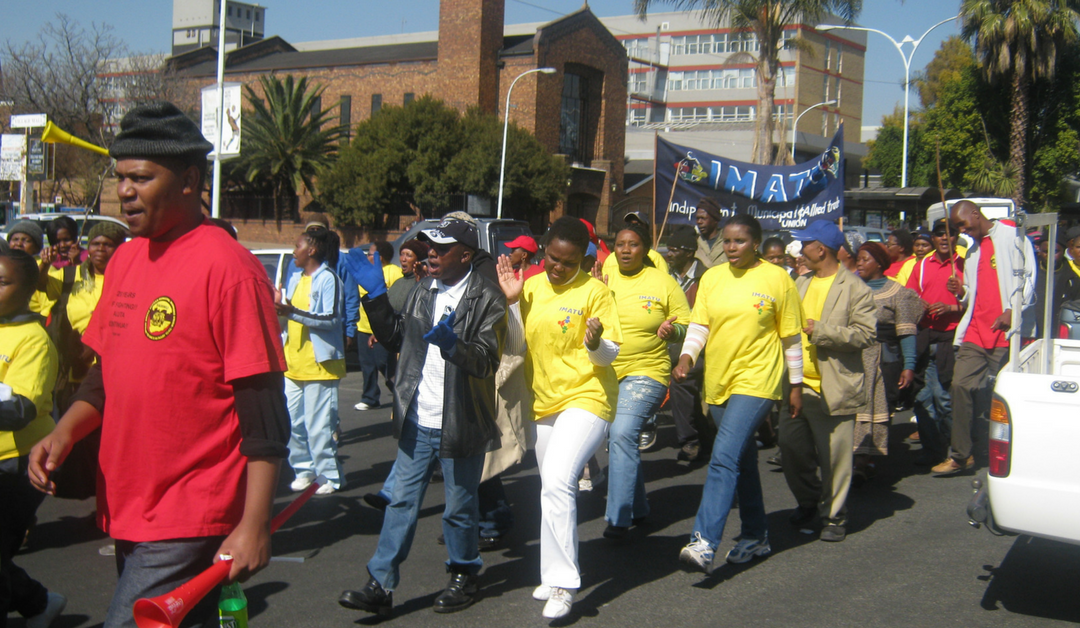
by Ivan Israelstam | Jun 11, 2018 | CCMA, Labour Law
To have a chance of winning a case at CCMA, a party must present proof to the arbitrator. In the days when I arbitrated CCMA matters, parties argued their cases before me very vehemently, passionately and in great detail but often brought little or no support for...

by Ivan Israelstam | May 5, 2018 | CCMA, Employees, Labour Law, Labour Relations Act
The role of private arbitration in labour law is in the spotlight as we enter ‘strike season’.The huge losses resulting from the frequent, drawn out and violent brand of strikes in South Africa raise the question of how such conflict can be prevented. The...

by Ivan Israelstam | Feb 8, 2018 | CCMA, Labour Law, Unfair Dismissals
Schedule 8 of the Labour Relations Act (LRA) says that dismissal is only appropriate for those serious offences that make “a continued employment relationship intolerable”. Such serious offences could include, for example, gross insubordination, endangering the safety...

by Ivan Israelstam | Nov 20, 2017 | CCMA, Labour Law, Labour Relations Act
During 2014 and 2015 the Department of Labour introduced a spate of new legislation with far reaching significance for employers. These major amendments have increased the already powerful stranglehold that legislation had on productive business management and...

by Ivan Israelstam | Nov 13, 2017 | CCMA, Unfair Dismissals
Workplace fraud, by its nature, is a secretive act. It is a type of dishonesty that is normally committed in such a way that its very existence is concealed. Collins Concise Dictionary defines fraud as “deliberate deception, trickery or cheating intended to gain an...
by Ivan Israelstam | Jun 6, 2017 | CCMA, Employees, Labour Law, Labour Law Debate with Ivan Israelstam, Unfair Dismissals
Proof is evidence soundly supported by other relevant evidence. Regardless of the seriousness of an employee’s misconduct his/her dismissal will be found to be unfair if the employer is unable to provide at arbitration sound and relevant evidence that the employee was...








